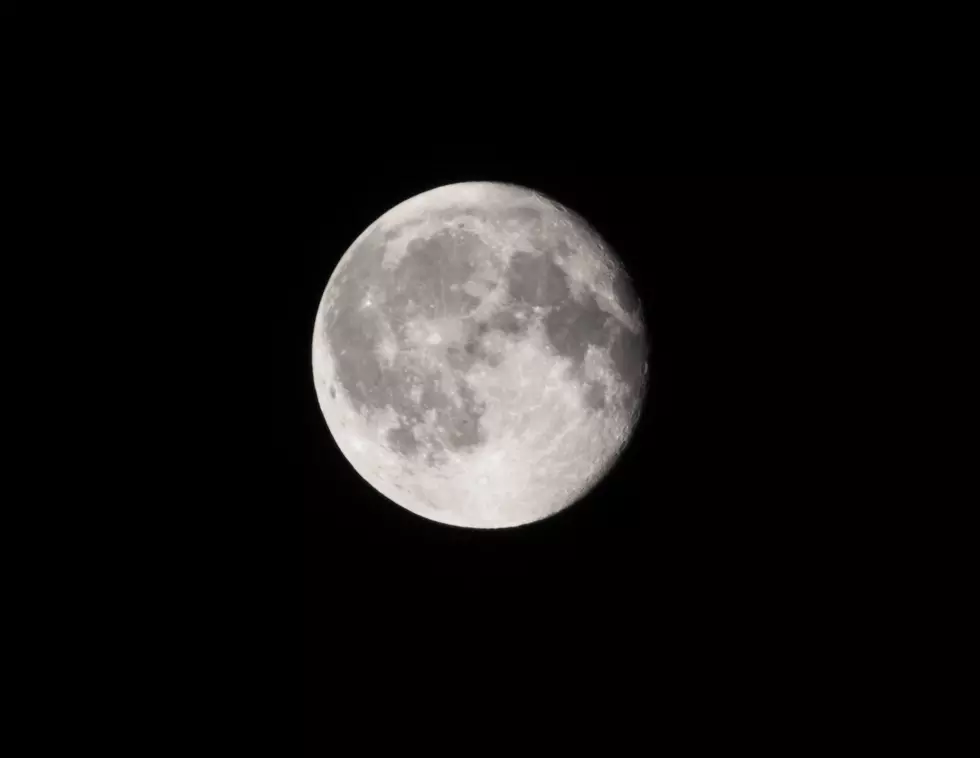
Prepare For the November 14 Supermoon
Look up in the sky. Is it a bird? Is it a plane? No, it's Supermoon!
On the morning of Nov. 14 at 7:52 a.m., the Full Moon will reach the peak of its full phase, astronomers say. And you should take a look.
The “Beaver Moon” will become full within two hours of being at perigee, the point in the orbit of the Moon or any satellite at which it is nearest to the earth. With the right sky conditions, a Supermoon can appear as much as 14 percent bigger and 30 percent brighter than some other full moons.
According to NASA, because the Moon has an elliptical orbit, one side of the orbit, referred to as the perigee, is about 48,280 km or 30,000 miles closer to Earth than the other side, referred to as the apogee.
According to Space.com, November's full “Beaver Moon” will be not only the closest and brightest Supermoon of 2016 but also the largest since 1948.
The Moon won't come this close to Earth again until Nov. 25, 2034, so you might want to catch this one that occurs in less than 2 weeks.
December's full “Cold Moon” will also be a Supermoon. There will be a total of three in 2016. The first one was Oct. 16.
Keep in mind that this year’s Super Beaver Moon will create some very high astronomical tides, otherwise known as “King Tides,” tides that are among the highest of the year. A few weeks ago during the October full moon, there were king tides that caused some minor coastal flooding and that was done without the assistance of any adverse weather or wind.
So set your calendar, watch or phone to see the Supermoon or "Beaver Moon" on Nov. 14.
More From AM 1050 KSIS









